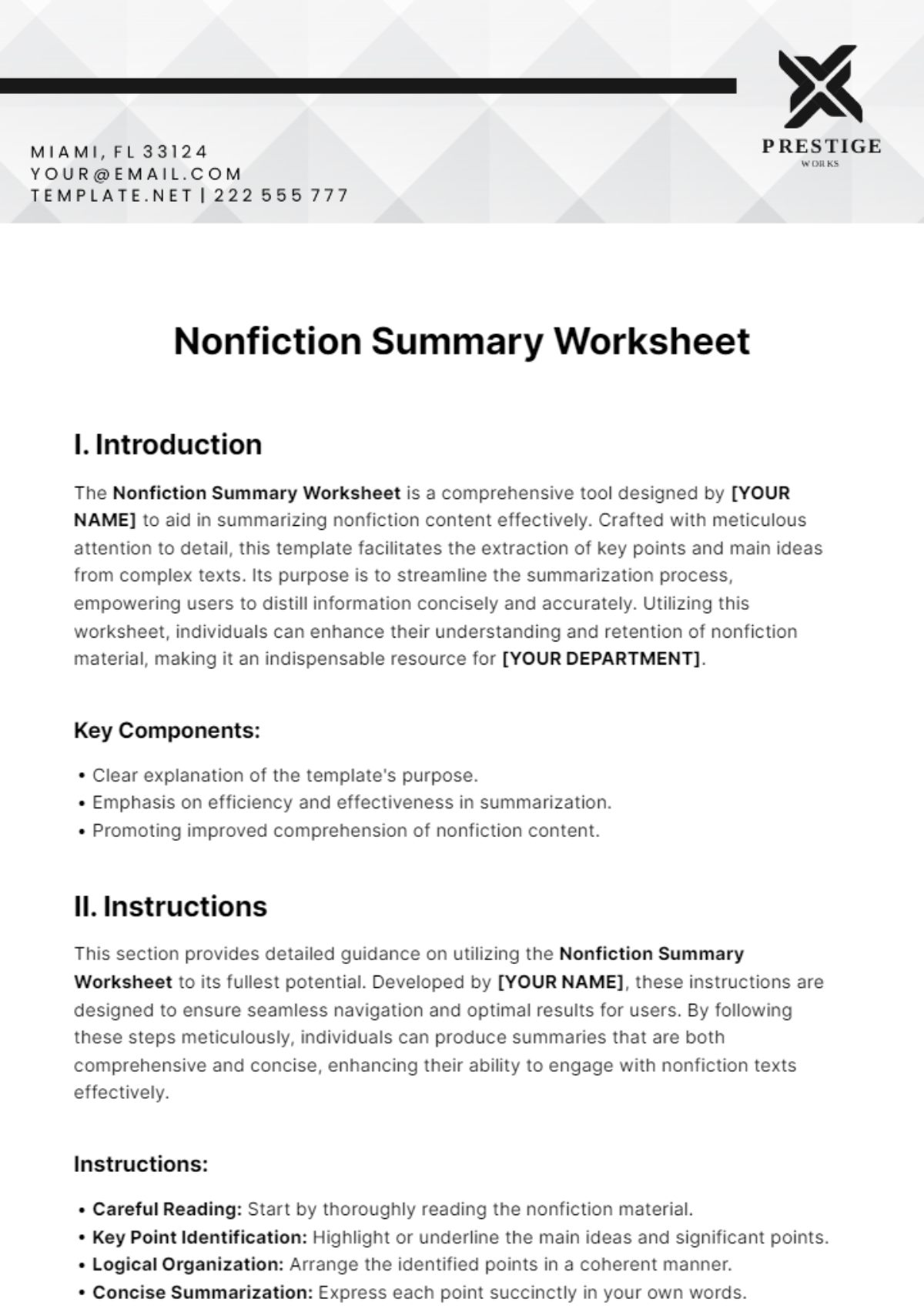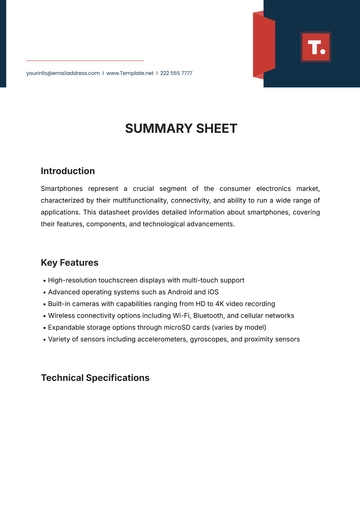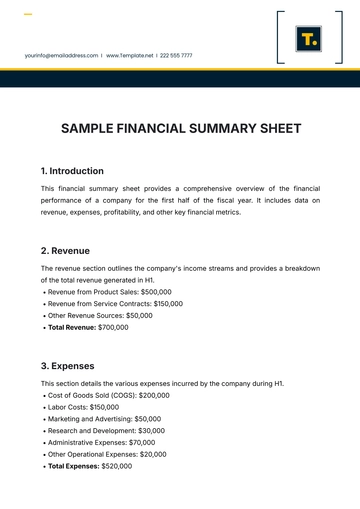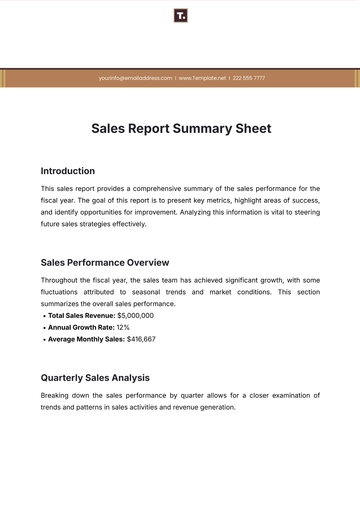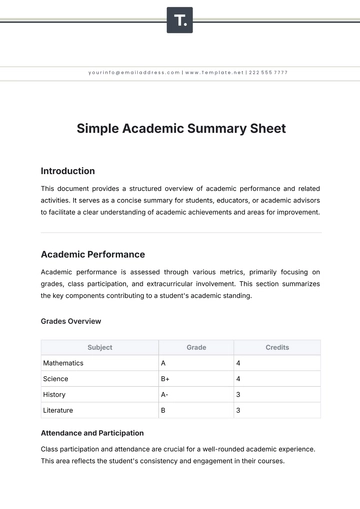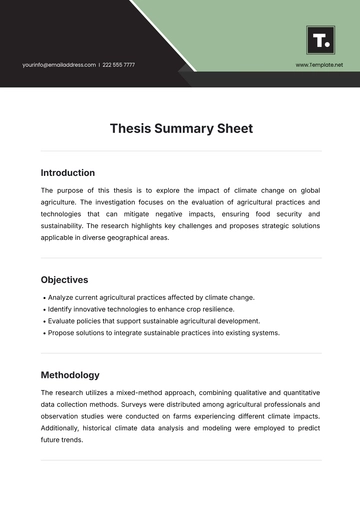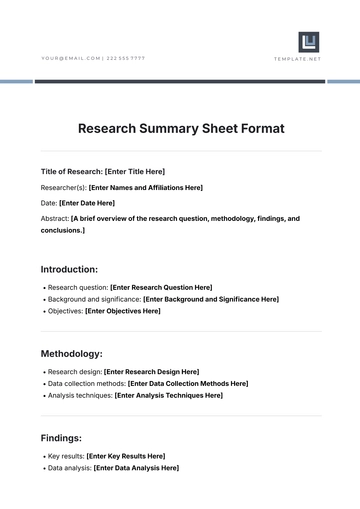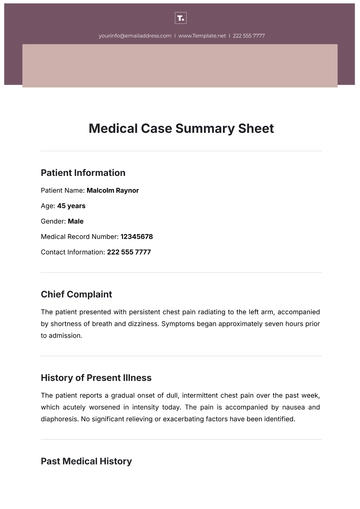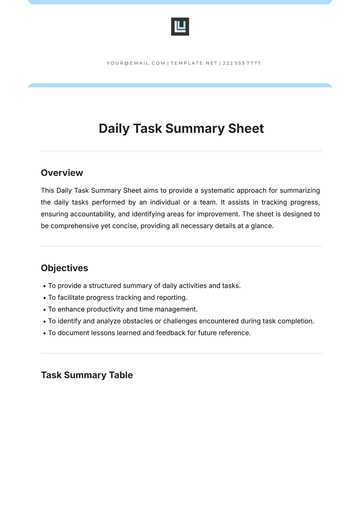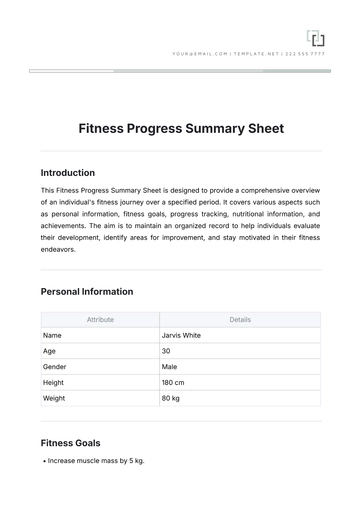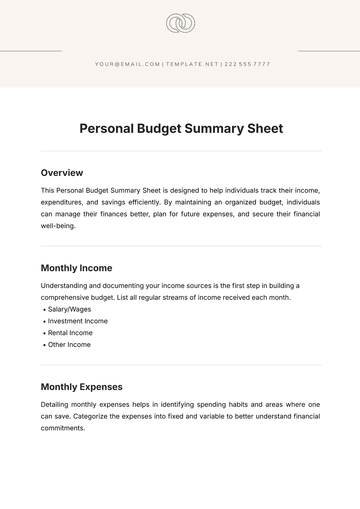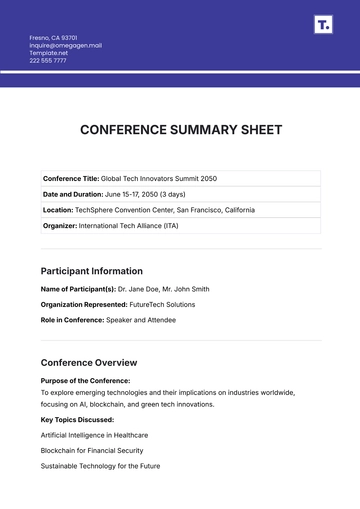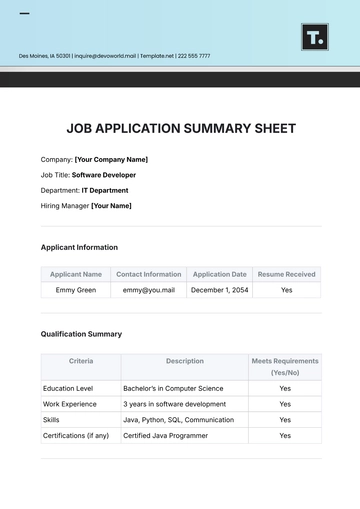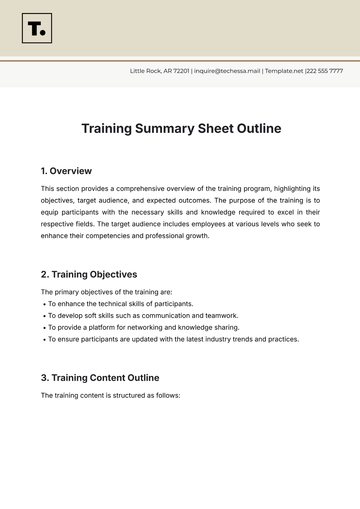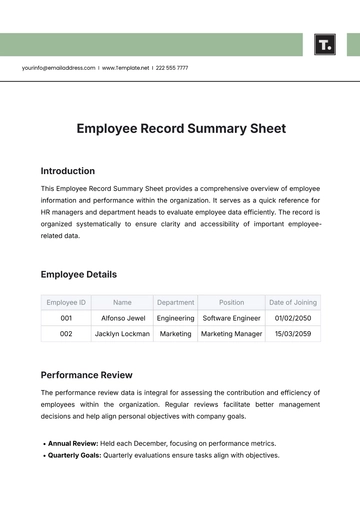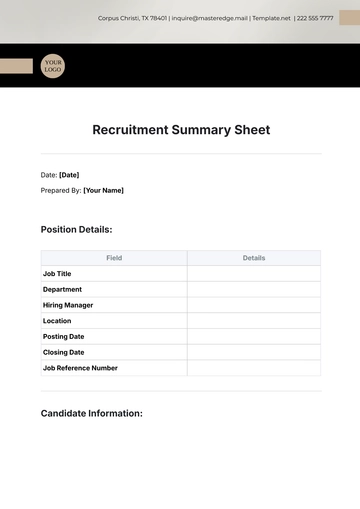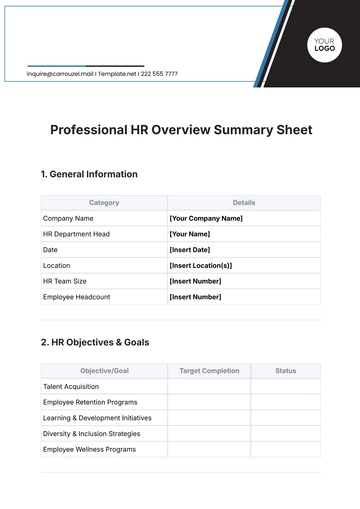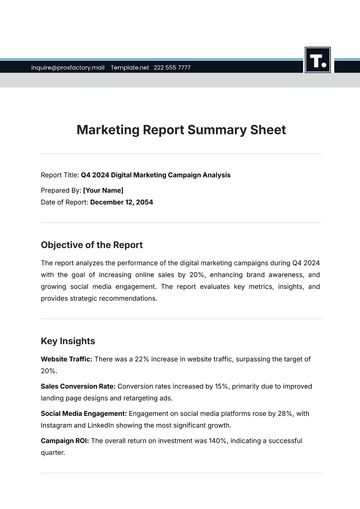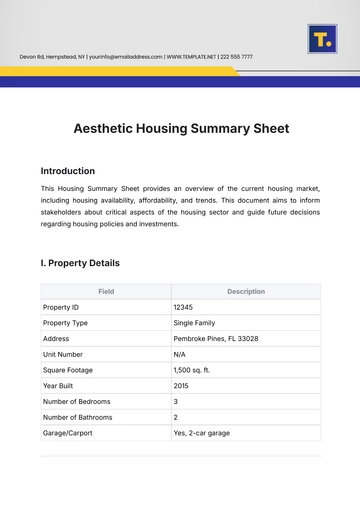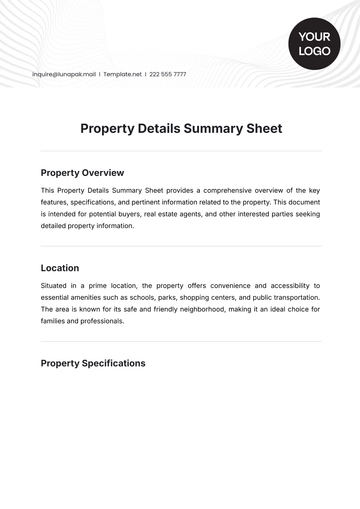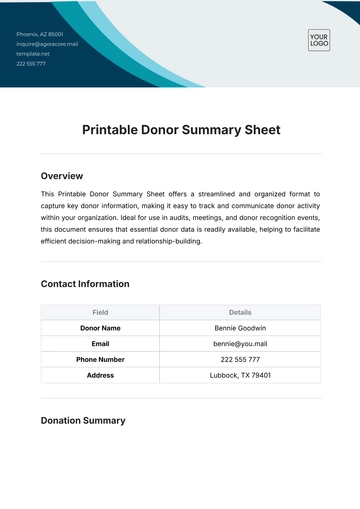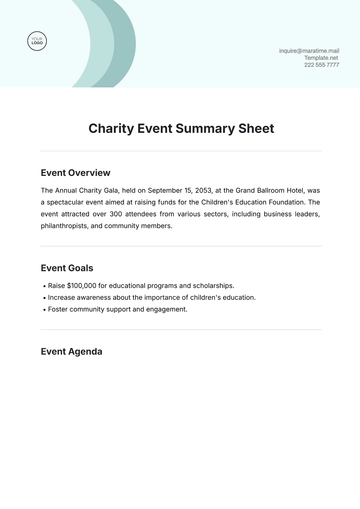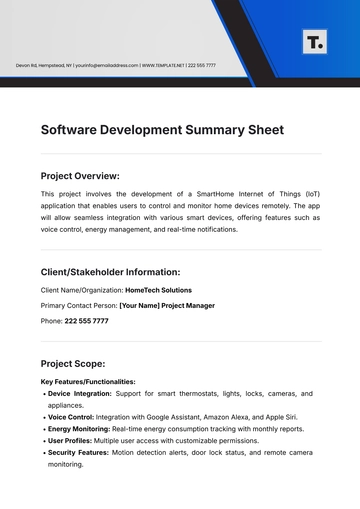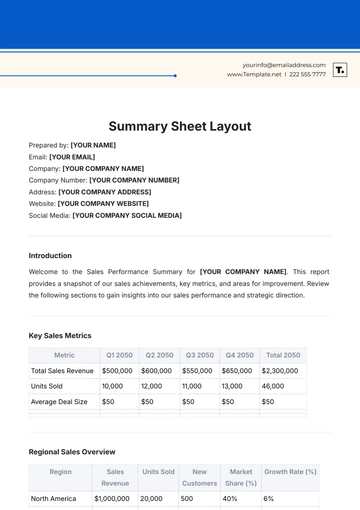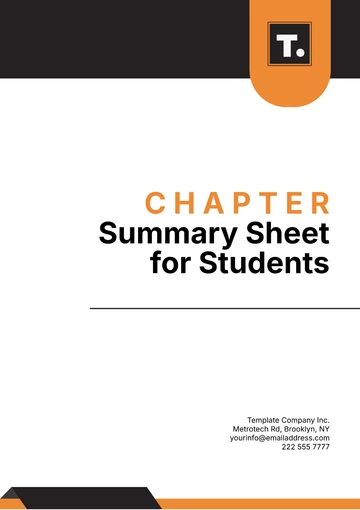Nonfiction Summary Worksheet
I. Introduction
The Nonfiction Summary Worksheet is a comprehensive tool designed by [YOUR NAME] to aid in summarizing nonfiction content effectively. Crafted with meticulous attention to detail, this template facilitates the extraction of key points and main ideas from complex texts. Its purpose is to streamline the summarization process, empowering users to distill information concisely and accurately. Utilizing this worksheet, individuals can enhance their understanding and retention of nonfiction material, making it an indispensable resource for [YOUR DEPARTMENT].
Key Components:
Clear explanation of the template's purpose.
Emphasis on efficiency and effectiveness in summarization.
Promoting improved comprehension of nonfiction content.
II. Instructions
This section provides detailed guidance on utilizing the Nonfiction Summary Worksheet to its fullest potential. Developed by [YOUR NAME], these instructions are designed to ensure seamless navigation and optimal results for users. By following these steps meticulously, individuals can produce summaries that are both comprehensive and concise, enhancing their ability to engage with nonfiction texts effectively.
Instructions:
Careful Reading: Start by thoroughly reading the nonfiction material.
Key Point Identification: Highlight or underline the main ideas and significant points.
Logical Organization: Arrange the identified points in a coherent manner.
Concise Summarization: Express each point succinctly in your own words.
Thorough Review: Take time to review and refine the summary for accuracy and clarity.
III. Template Sections
A. Title and Author
In this section, users should provide essential details about the nonfiction material, including its title and author. Additionally, users may include publication details such as the publishing date and edition, enhancing the completeness of the summary. Structuring this section as a bulleted list allows for clear presentation of the necessary information.
Sample Format:
B. Summary Overview
The summary overview section offers a concise introduction to the content being summarized. Users should outline the main themes, arguments, or topics covered in the nonfiction material. Employing a bulleted list format facilitates the highlighting of key points, ensuring a comprehensive summary.
Key Elements to Include:
Main Themes
Key Arguments
Major Topics Covered
IV. Additional Resources
To further support users in their summarization endeavors, [YOUR NAME] recommends exploring additional resources related to nonfiction summarization. These resources may include online articles, books, or workshops focused on improving summarization skills. By leveraging these supplementary materials, individuals can enhance their understanding of summarization techniques and refine their summarization abilities.
Recommended Resources:
Online articles on effective summarization strategies.
Books on the art of summarizing nonfiction content.
Workshops or webinars conducted by experts in the field.
V. Tips for Effective Summarization
In this section, [YOUR NAME] shares valuable tips and strategies for achieving effective summarization of nonfiction material. Drawing from years of experience, these tips are designed to help users streamline their summarization process and produce high-quality summaries consistently.
Key Tips:
Focus on Main Ideas: Prioritize identifying and summarizing the main ideas and key points of the nonfiction text.
Use Your Own Words: Avoid copying verbatim from the original text; instead, paraphrase the information using your own language.
Maintain Conciseness: Strive to keep the summary concise while retaining essential information.
Review and Revise: Take time to review and revise your summary to ensure clarity and accuracy.
Practice Regularly: Like any skill, summarization improves with practice. Set aside time regularly to practice summarizing different types of nonfiction content.
VI. Feedback and Improvement
[YOUR NAME] welcomes feedback from users regarding their experience with the Nonfiction Summary Worksheet. Users are encouraged to share their thoughts, suggestions, and any challenges they encounter while using the template. By gathering feedback, [YOUR NAME] can continuously improve the template to better serve the needs of [YOUR DEPARTMENT] and other users.
How to Provide Feedback:
VII. Conclusion
In conclusion, the Nonfiction Summary Worksheet stands as an invaluable resource for individuals seeking to summarize nonfiction content effectively. Tailored by [YOUR NAME] to meet the needs of [YOUR DEPARTMENT], this template empowers users to engage with complex texts with clarity and precision. By customizing the template to suit their preferences, individuals can optimize their summarization process, leading to enhanced comprehension and retention of nonfiction material.
Prepared by: [YOUR NAME]
Summary Templates @ Template.net
